France
France is undoubtedly one of the most beautiful countries in Europe. For centuries, it has been a breeding ground for culture, revolution, philosophy and joie de vivre. A language that sounds like balm, but can be harsh and tough at the same time. A country that is hard to beat in terms of diversity. A capital city that is second to none. France is a summer romance. A dusty day in Provence. A ray of sunshine falling on lavender flowers. France is the salty scent of the sea on the rugged Atlantic coast and the sweet, pine-scented air of the Côte d’Azur. Palace of the Sun King, futuristic steel skeleton, battlefields haunted by the shadows of centuries. France is a journey into yesterday as it was. And into the diffuse tomorrow as it could be.
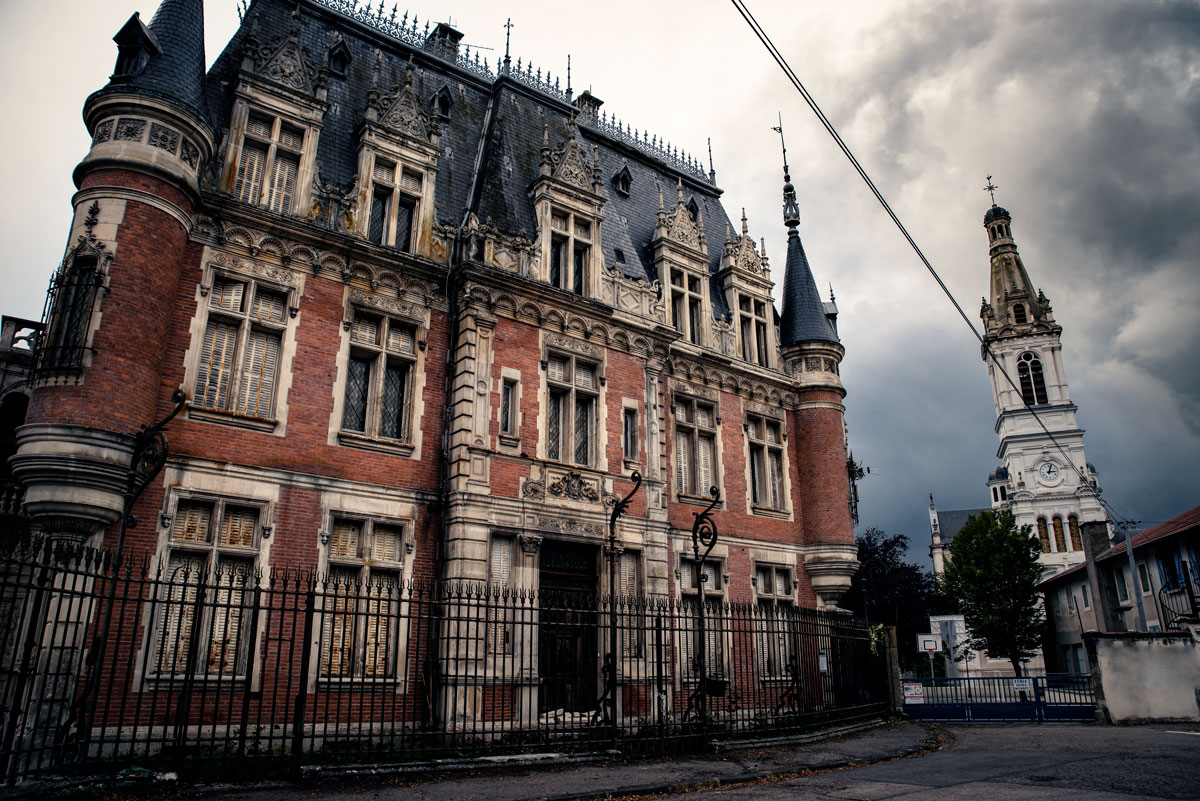
From Luxembourg, we drive to Metz. The landscape is flat and industrial and has few attractions to offer. One traffic circle follows the next and the country road leads past industrial halls. Metz is also unexciting. A jazz band plays in a bar on the Moselle. The redesigned city center is adorned with flower pots. A few palm trees spread a Mediterranean flair, even though we are in the heart of Lorraine. Metz Cathedral resembles a fortress. Its walls tower thick and strong in front of us. Like a tall box, it rises between low houses and narrow alleyways. Very little light enters its interior. Its halls are high and gloomy.
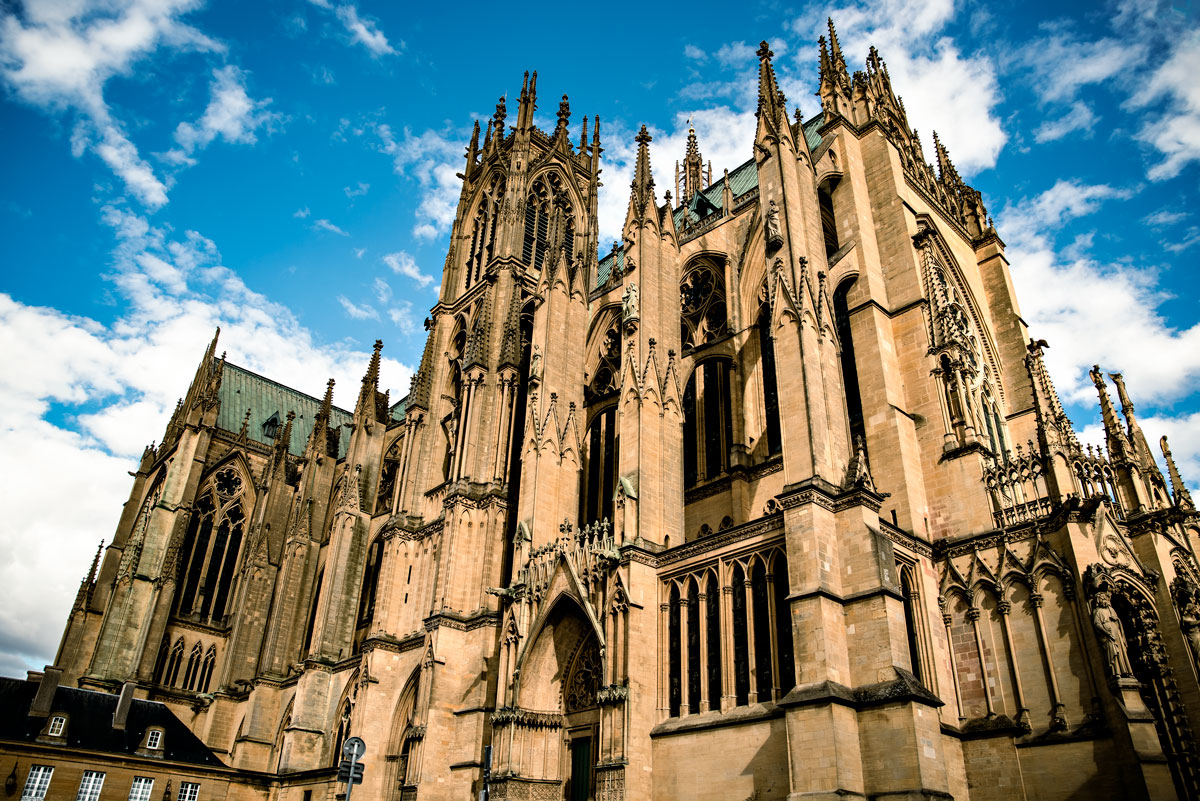
That same day, we drive on to Nancy. We move into our Airbnb, a wonderful one-bedroom apartment with creaky floorboards and a delicious breakfast of freshly squeezed juice and warm chocolate croissants. In the early evening, we set off towards the city center. We follow a stream of people and enter Place Stanislas just as the sun is setting and the golden daylight is shining ever bluer. All the lights that sparkle and shine here shimmer like pure gold. The clouds above us are the never-ending waves of an ocean that could break over us or lull us to sleep. We are speechless in the face of this ensemble and settle down at the foot of the statue of Stanislas, once Duke of Lorraine and Polish king.
The next morning, we visit the square again. The magic of the previous evening has completely disappeared. We move on through the extensive park, along a branch of the Moselle and past magnificent streets and churches.
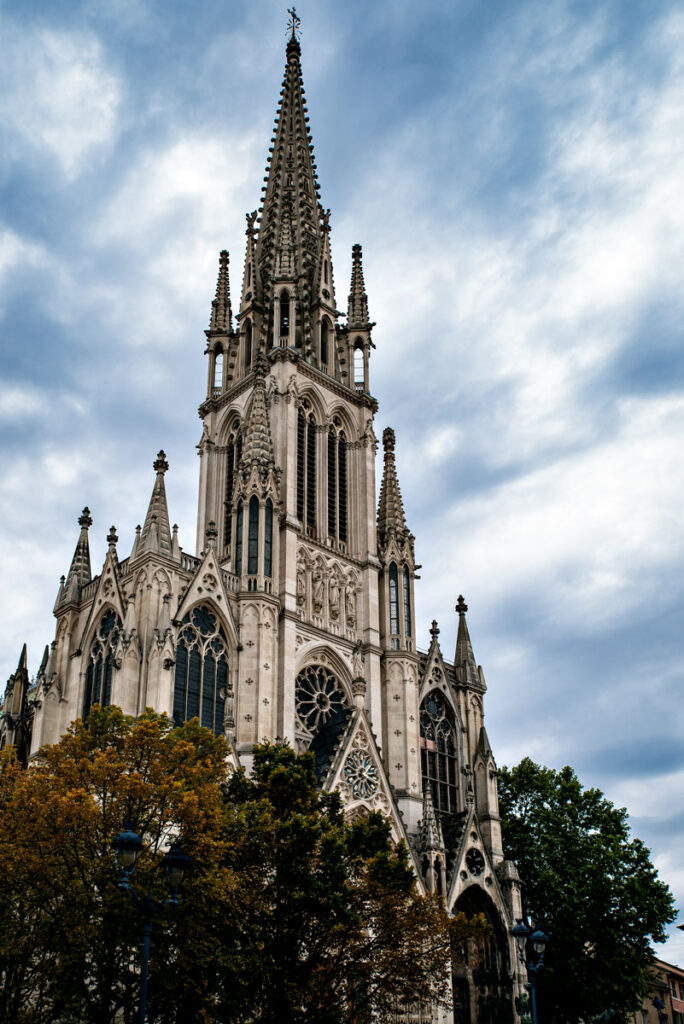
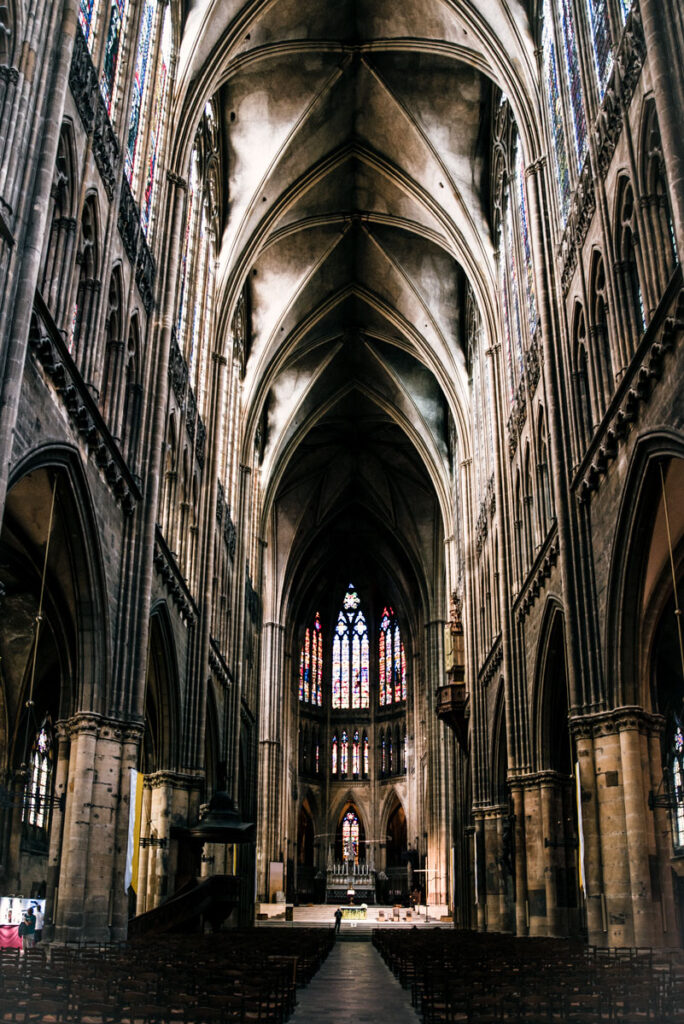
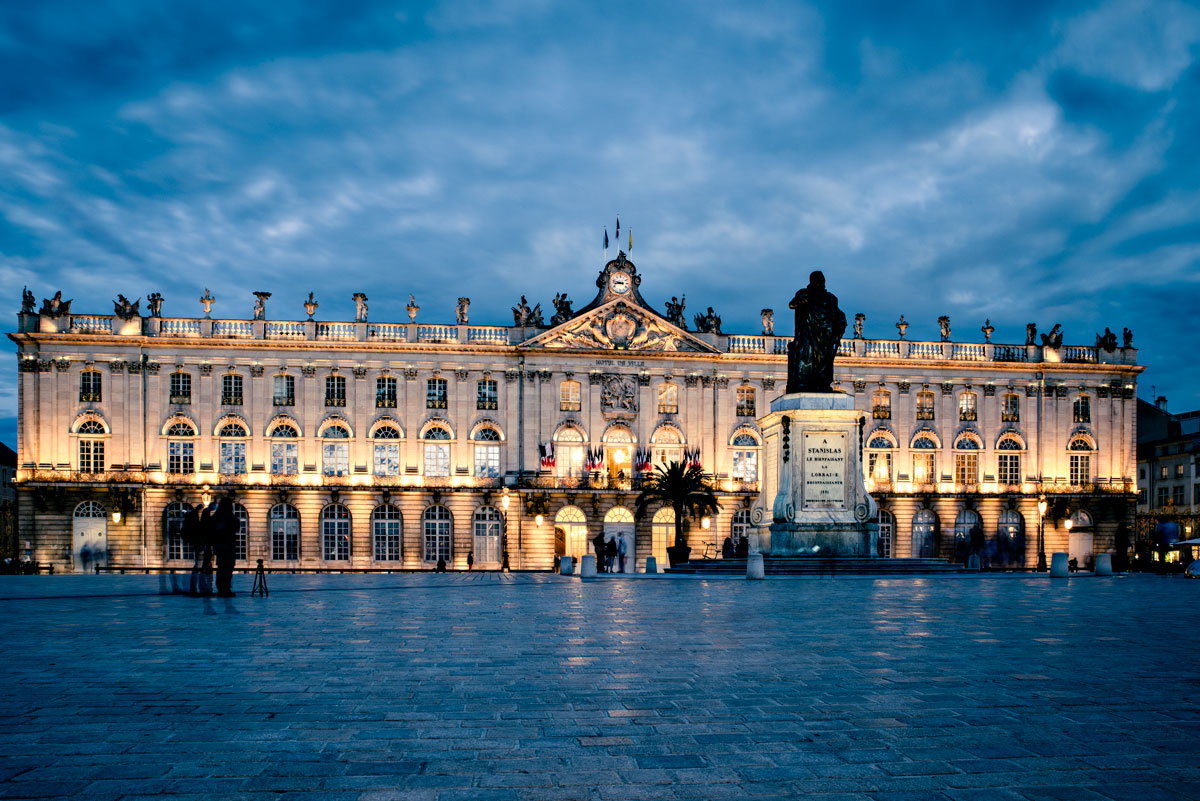
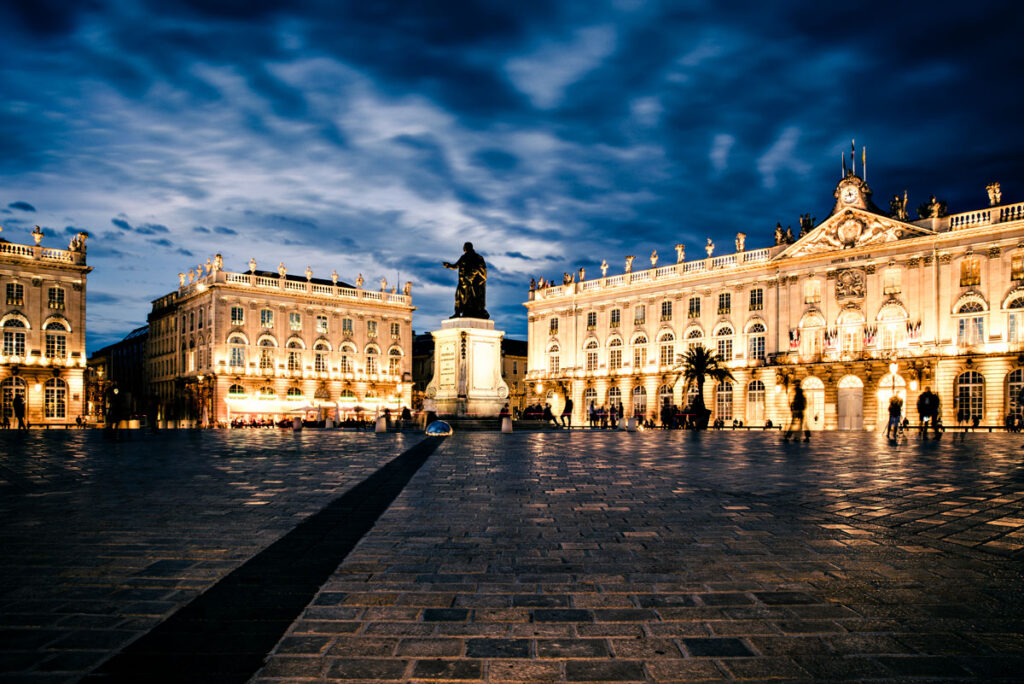
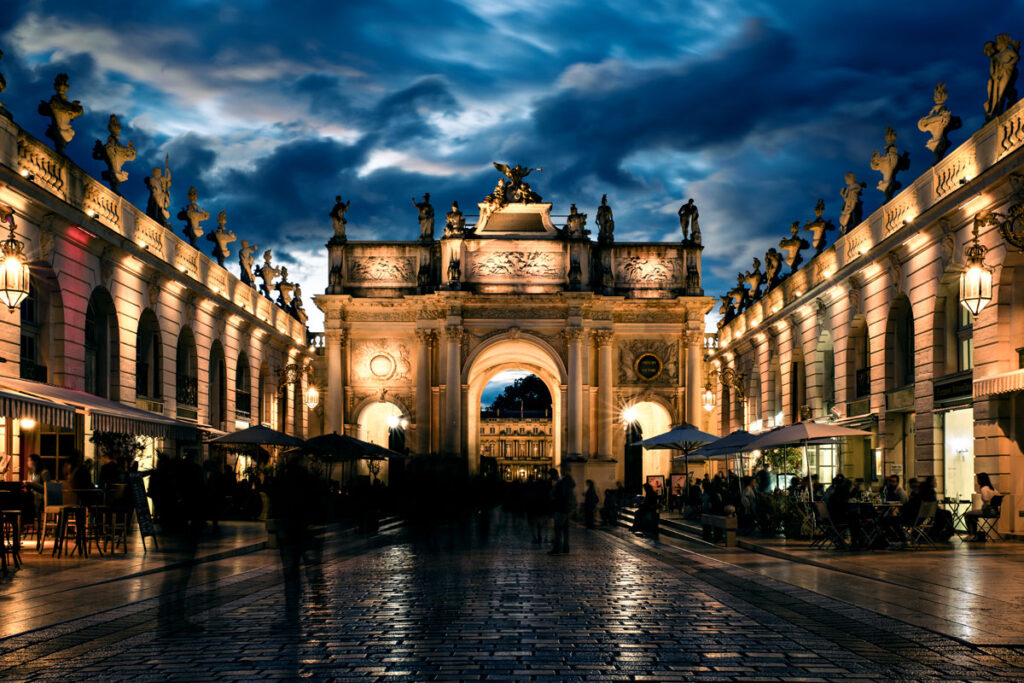
In Nancy, we learned that some places develop a certain magic at the right time and in the right light, which makes them unique and the moment unforgettable. We drive from Nancy to Kaysersberg over the Vosges mountains. The clouds hang low and as we pass a ridge surrounded by dark green trees, rain and thick fog envelop us. We stop at a small bakery to grab a hot coffee and some hardened pastries in the late afternoon. While we eat, we stare out into the wet and gray fairytale world.
The landscape around Kaysersberg is dominated by vineyards. The small villages are criss-crossed by little rivers and narrow, medieval alleyways. A ruined castle nestles on the hillside, narrow field paths and hiking trails form a fine network between the vines. The weather is hardly any better than the day before – a fine drizzle covers our skin. Rays of sunlight break through the sky again and again.
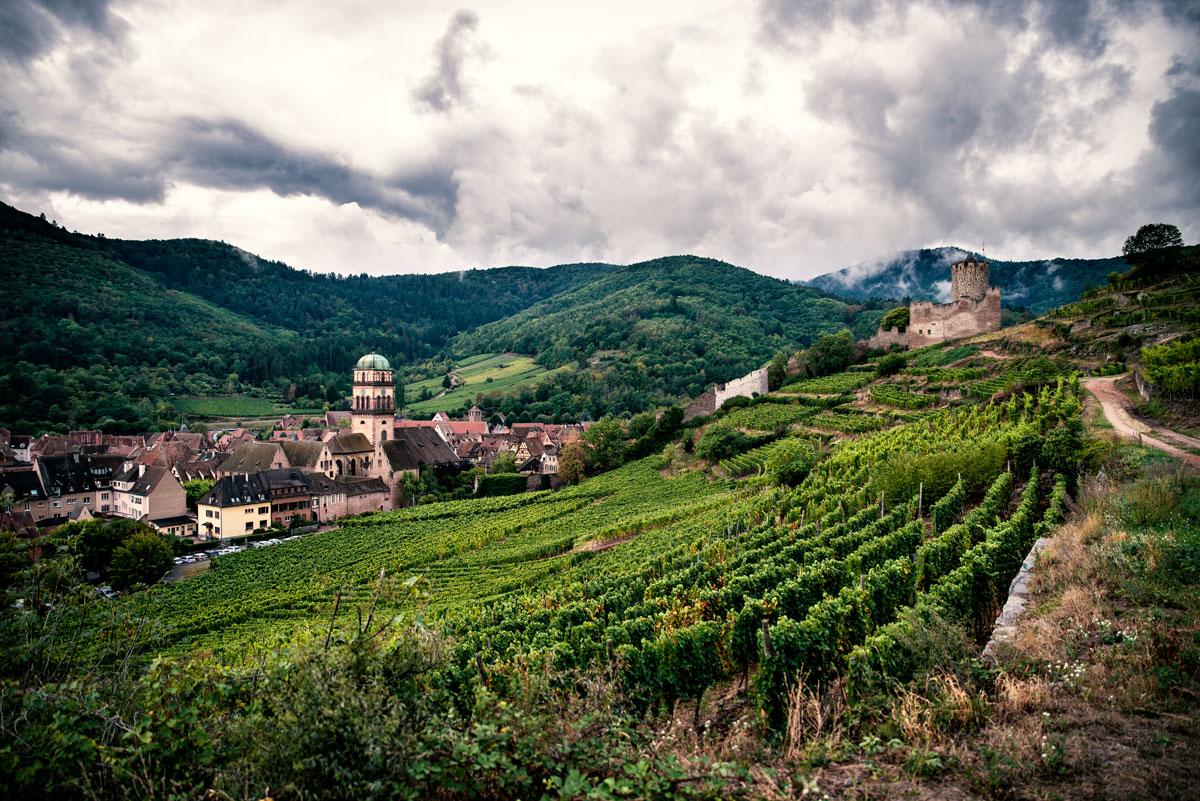
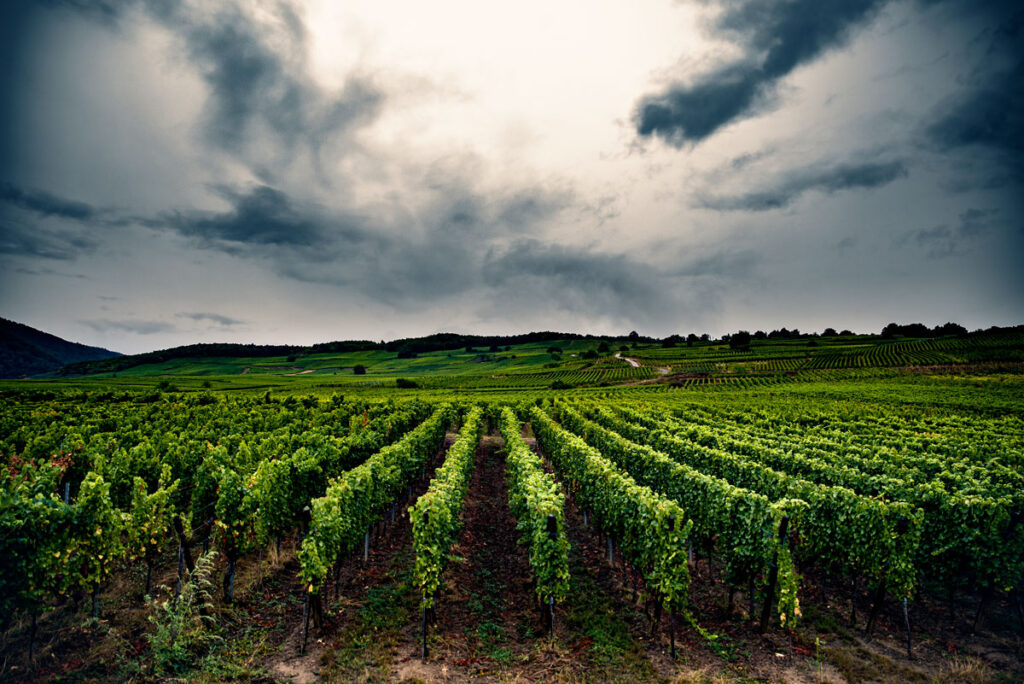
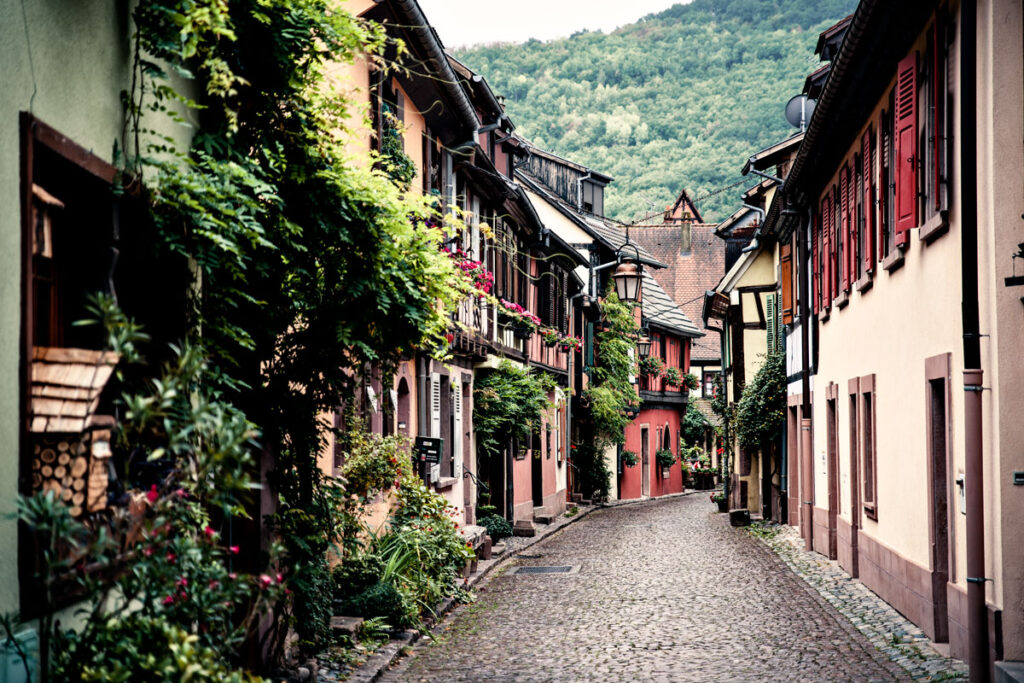
Colmar also impresses with small canals, flower-lined streets and a modern pedestrian zone. Colorful half-timbered houses by the water, framed by petunias and summer lilacs, offer postcard motifs. Restaurants tempt visitors with local wines and seasonal cuisine. The rivers Lauch and Ill flow through Colmar, forming a branching river system. One district is known as Little Venice, and even gondoliers row tourists across the water on small boats. A Statue of Liberty stands on a traffic circle next to the airport – an exact copy of the larger Statue of Liberty in New York. The sculptor Frédéric Auguste Batholdi was born in Colmar. This replica was erected in his honor.
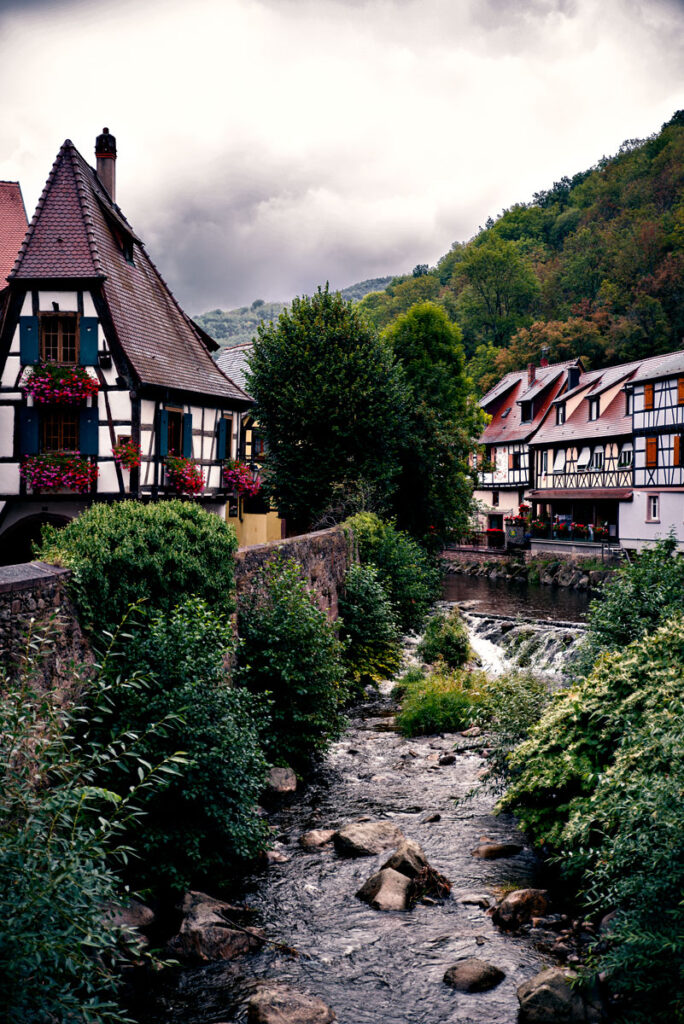
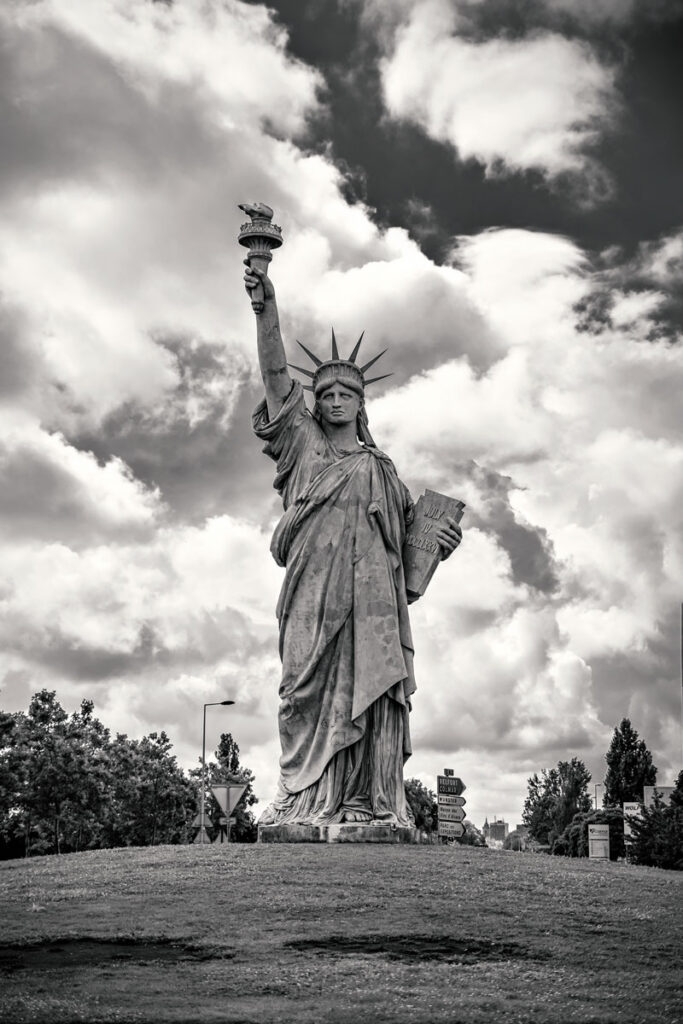
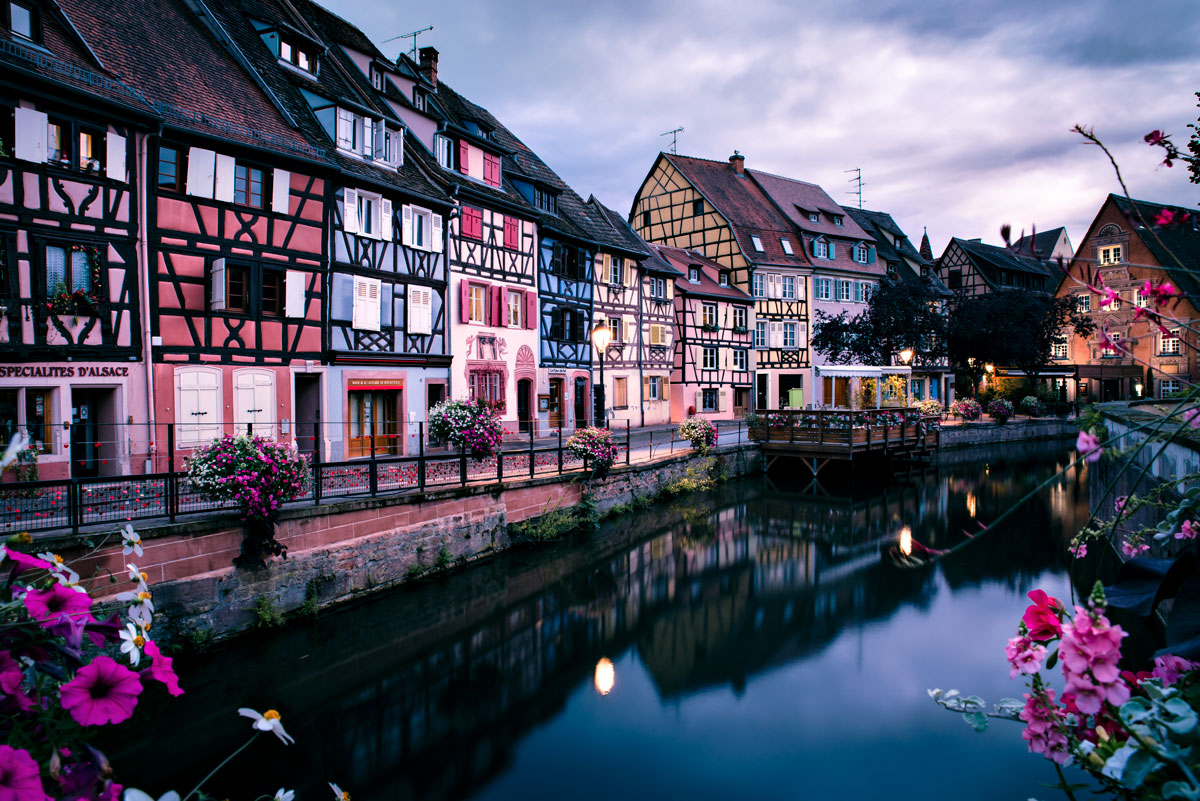
We stop at Hohkönigsburg Castle to enjoy the view of the hilly landscape of Alsace and its rolling vineyards one last time. Now, at the end of August, the vines will soon be bearing grapes ready for harvest. So far, not a single day has seen blue skies, with gray clouds always hovering close above our heads. Sometimes they are accompanied by shallow fog, sometimes by rain of varying intensity. The coronavirus summer of 2020 has brought little good, and even the view ahead is clouded.
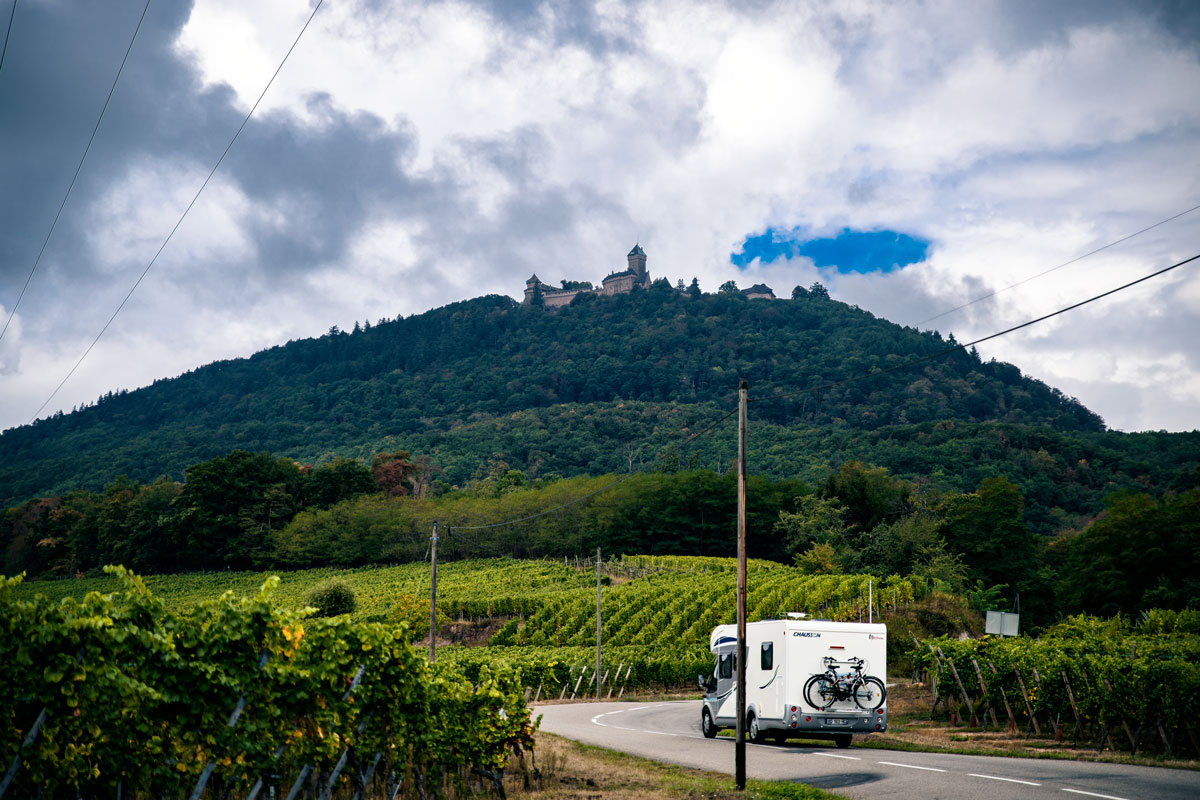
After a short drive, we reach the last stop on our road trip: Strasbourg. Situated on the Franco-German border, crossed by the Ill river system and bordered to the east by the mighty Rhine, this city has experienced thousands of years of culture and civilization. Gauls settled here, Romans created a military fortification. In the Middle Ages, Strasbourg was an important trading center. The printing press, the Reformation, plague and wars and conquests and peace and wars again shaped the face of the city and made it what it is today: a cultural, European, economic and university center between France and Europe, just a stone’s throw away from the Benelux countries and Switzerland.
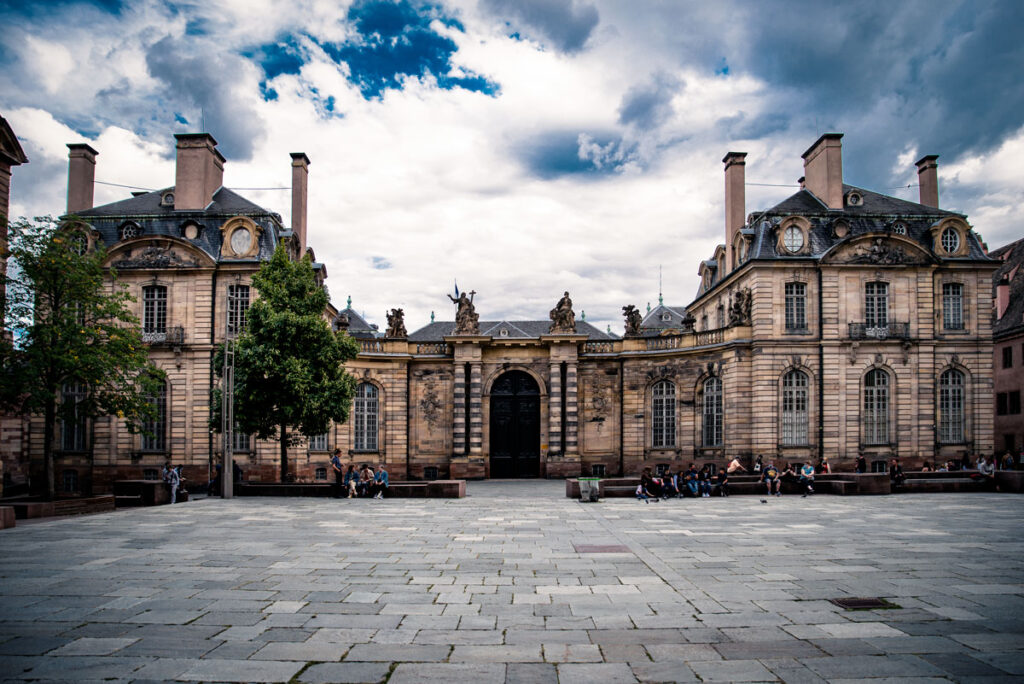
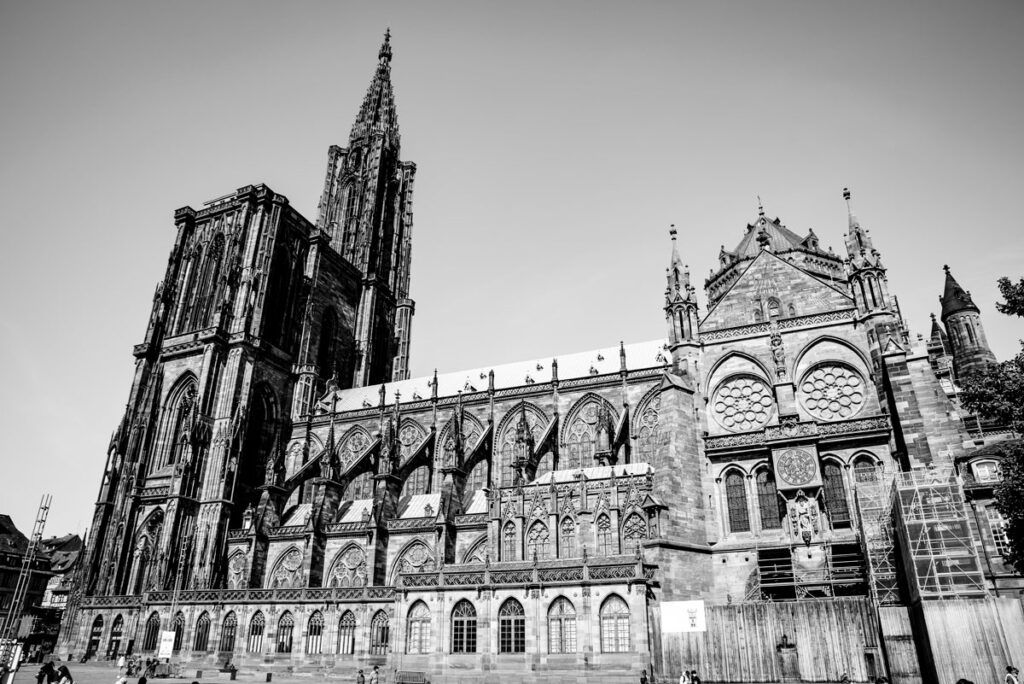

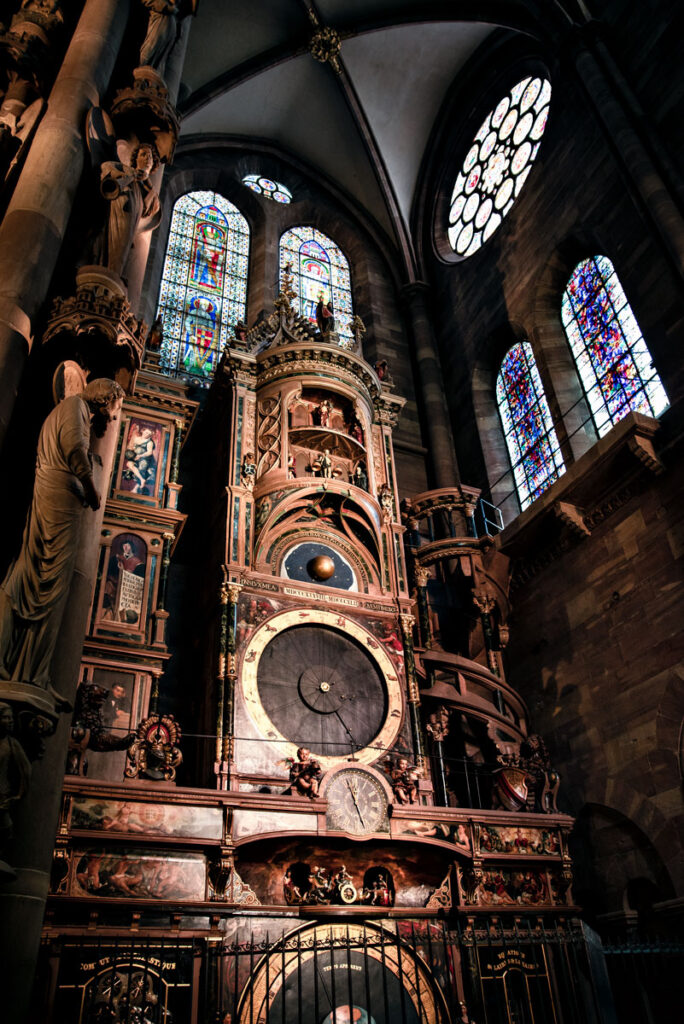
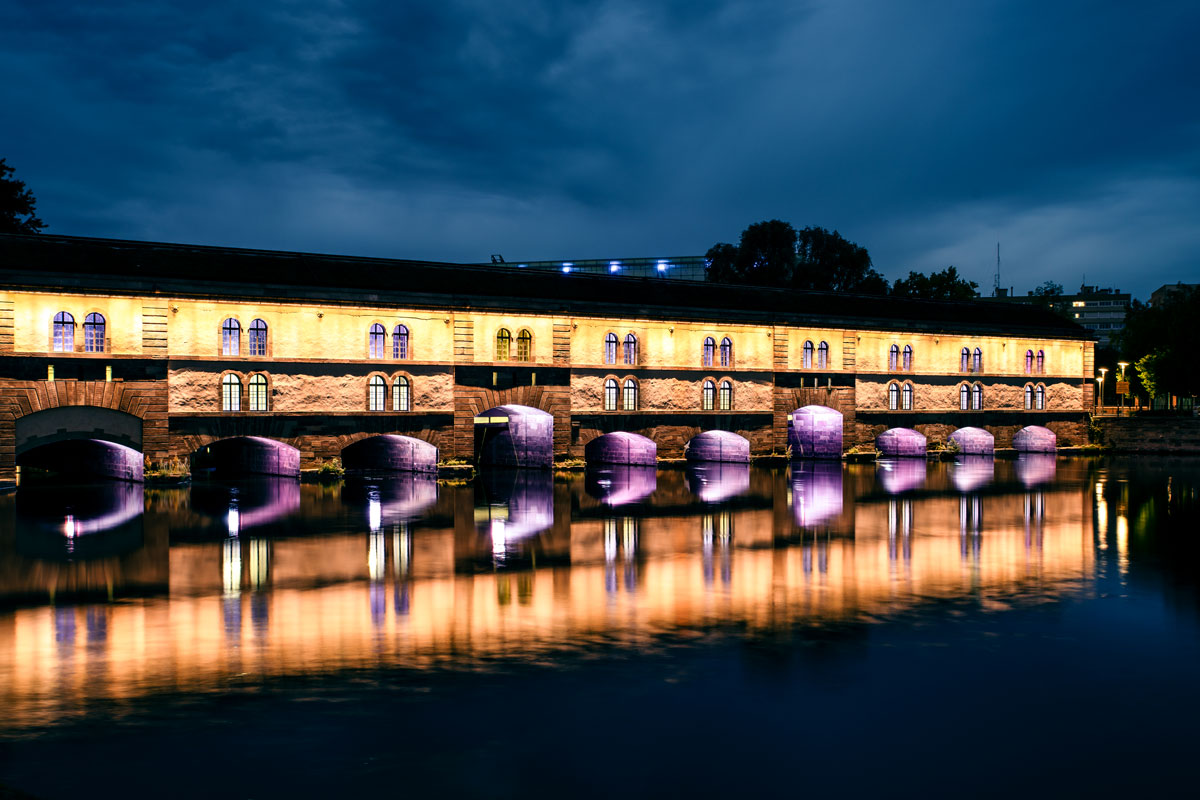
A visit to the European Parliament. Only a few visitors are here with us – there is a reverent silence. We have the Parliament’s inner courtyard to ourselves. We follow the tour past art installations, infographics and sculptures. We peer into the huge plenary chamber from a visitors’ gallery. Some minor renovation work is being carried out. Microphones are being exchanged, the carpet is being replaced in parts. Empty seats, 27 flags hanging in the windless room. The mirrored windows of the translators’ booths. Stars on a blue background. This is the engine of Europe.
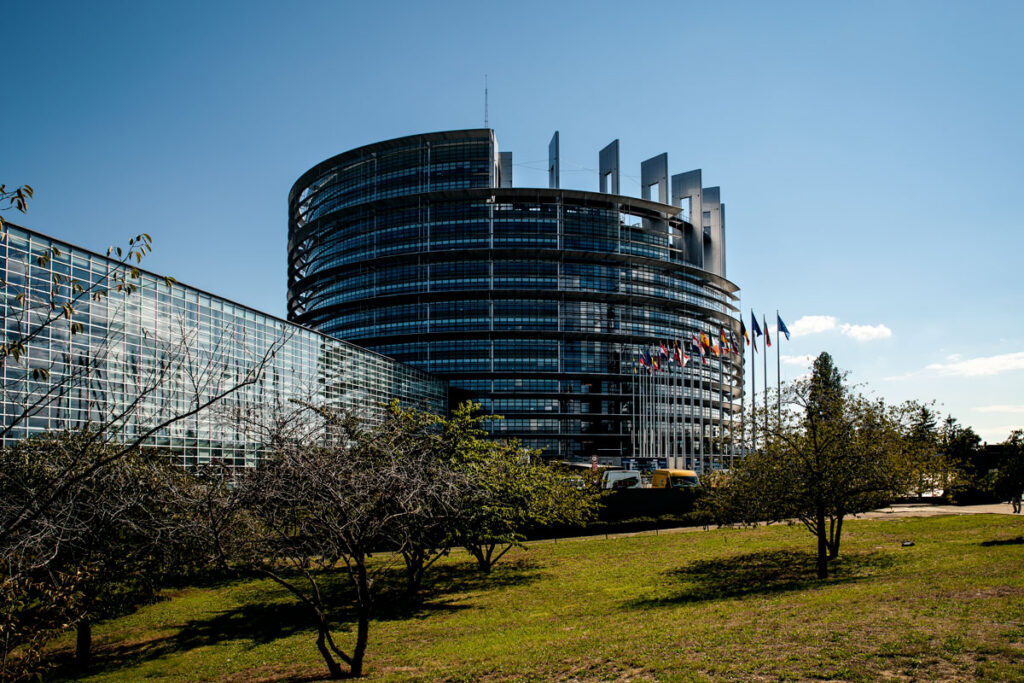
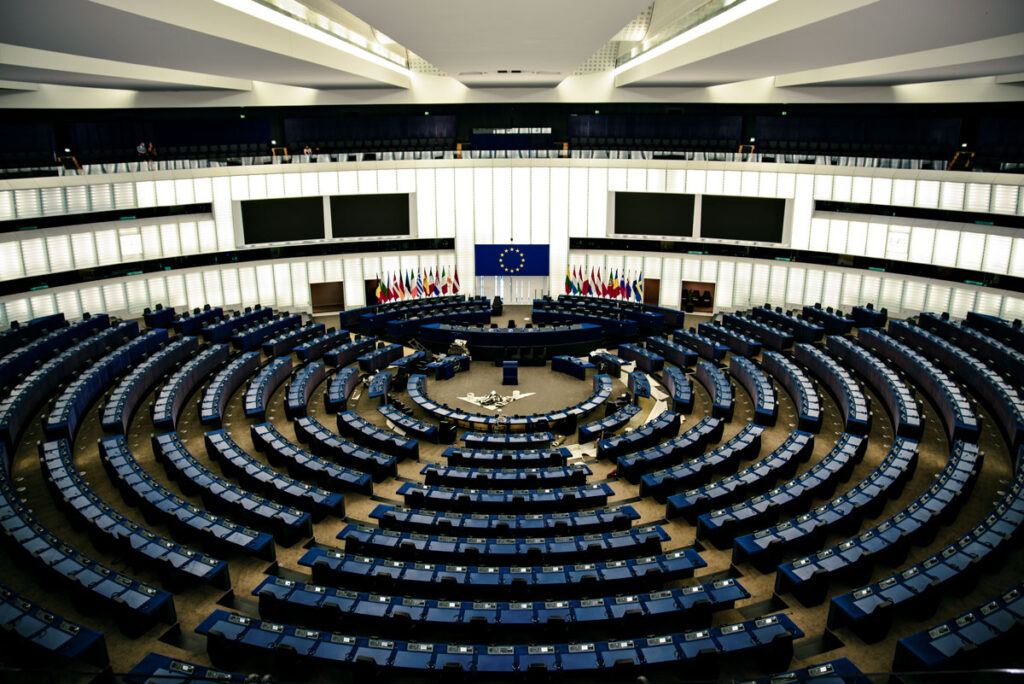
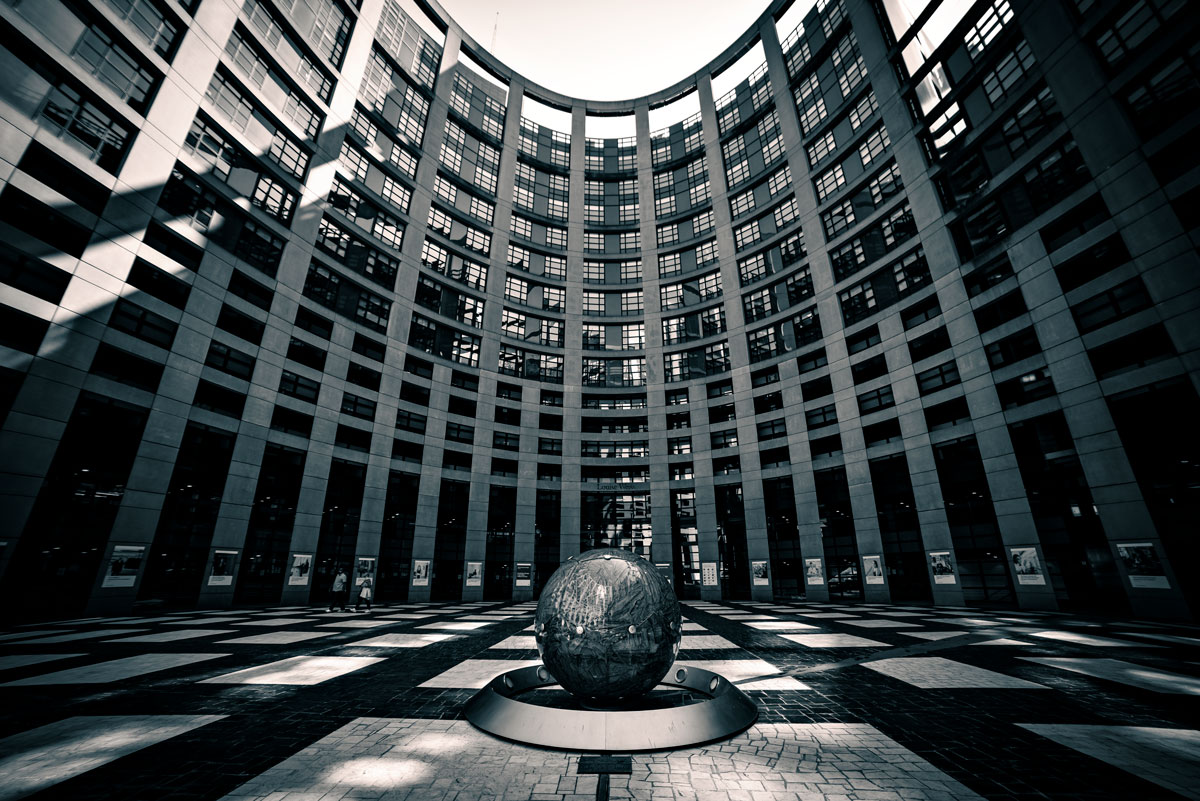
In the evening, there is tarte flambée and Pinot Gris in a small pub on the sidewalk. Tourists and students wander through the city center. Groups of schoolchildren and teenagers. It gets dark and we cross the Ill. Colorful lights illuminate an old dam wall. Ducks sleep on the banks and music drifts from a nearby bar. The next day, we leave Strasbourg on a lonely highway towards Germany. After the border, it becomes a main road. There’s not much traffic – conifers pass by the window. After a week of rain, the sun finally shines.
Info about our trip
We have only seen a small part of France and it would probably take a lifetime to get to know the whole country and immerse ourselves in its culture. The Alsace-Lorraine region is of course the perfect place to “hop over” to the neighboring country and breathe in the French air. Foodies and lovers of good wine (French cuisine is excellent almost everywhere) will get their money’s worth here. But there is probably no activity that cannot be done in France – the country is incredibly diverse. Hiking in the Alps, Pyrenees or a low mountain range such as the Vosges. Water sports or a beach vacation on the Mediterranean Côte d’Azur. A city trip to Paris or one of the many other cities worth visiting in France. The wonderfully fragrant lavender fields of Provence, the rugged Atlantic coast of Normandy or idyllic, hilly Brittany.
When planning your trip to France, don’t forget that the country is more than one and a half times the size of Germany and has around 20% fewer inhabitants. This means you tend to drive longer distances and encounter fewer people, which makes a road trip all the more appealing. Even in three weeks, you won’t be able to come close to exploring France. We therefore recommend that you focus on certain regions.
Traveling in France can vary in price depending on the region and style of travel. In cities such as Paris or the Côte d’Azur, the cost of accommodation, restaurants and activities is high, while rural regions such as Brittany or Alsace are cheaper. Simple cafés and bistros offer inexpensive meals, especially at lunchtime. For a fair, albeit not cheap, price, you can get a simple but high-quality and delicious meal with starter and dessert. Public transport such as trains and buses are reliable but sometimes expensive, especially for fast trains such as the TGV. Cheaper options include vacation rentals, hostels and visiting local markets for inexpensive meals. In a direct cost comparison, France is a touch more expensive than Germany.
Dozens of books could probably be written about food in France. In general, the French attach great importance to high-quality products. Organic and seasonal produce play a more important role than in Germany. Naturally, you will pay a little more for a restaurant visit. On our last trip to France, we were in Alsace-Lorraine. The food there is characterized by a unique mixture of French and German influences. Typical dishes are savory and hearty. The famous tarte flambée is a thin, crispy pastry topped with crème fraîche, onions and bacon. Another highlight is the choucroute garnie, a sauerkraut dish served with various sausages, meat and potatoes. Baeckeoffe, a stew of meat, vegetables and potatoes, is also a specialty of the region. It is often accompanied by a glass of Riesling or Gewürztraminer, which come from the local wine-growing regions.
If you are near Kaysersberg, we recommend the excellent restaurant Auberge les 3 Alsaciennes.
We stayed in Airbnbs and hotels. Especially in the area around Kaysersberg and Colmar, there are a large number of small, privately-run guesthouses, often located right next to the vineyards. Prices can vary greatly, but range from around 100 euros upwards per night.
Even though horrific images of terrorist attacks flicker across the screens time and again, France is generally a safe country to travel to, especially in tourist areas. However, in large cities such as Paris, Marseille or Lyon, you should watch out for pickpockets, especially on public transport, at tourist attractions and in busy squares. Violent crime is rare, but there are occasional reports of petty crime. Demonstrations or strikes can occur and disrupt traffic, especially in the cities. The French police are well organized and emergency services are readily available. In rural areas, the security situation is usually calm and travelers can feel safe.
France is a very child-friendly destination, ideal for families. There are numerous child-friendly activities in the major cities and popular tourist destinations, from museums with special guided tours to parks and theme parks such as Disneyland Paris or Parc Astérix. Many restaurants offer children’s meals and chairs, and families are well catered for on public transport. In rural regions, families will find child-friendly hiking trails, beaches and farms to explore. Cultural attractions such as castles also often offer interactive experiences for children that convey history in a playful way. In general, the family is more in the focus of politics and in people’s perception. In short, France is a great place to travel as a family, even with older children who can put their school French into practice.
The TGV high-speed train network connects major cities such as Paris, Lyon, Marseille and Bordeaux quickly and comfortably, albeit at higher prices. For shorter distances or rural areas, regional trains and buses are an inexpensive alternative, although they are less frequented. In cities such as Paris and Lyon, the metro is the most efficient means of transportation. Rental cars offer flexibility, especially for rural areas or exploring wine regions such as Provence or Alsace. Cycling is also popular, with many well-maintained cycle paths, especially in cities and along the Loire. Campers and vans are also common and the density of campsites is high. Wild camping and off-road driving is not permitted in France and is not tolerated.
You will probably find endless reading material on France. From the time of the Roman Empire to the Middle Ages and National Socialism through to modern times and the modern age.
- Eric Rump takes an all-round approach in Die Geschichte Frankreichs: Eine Reise durch die Epochen – Vom Mittelalter über Kolonialismus und Industrialisierung zum Frankreich des 21. Jahrhunderts
- Same topic, same time period, but condensed into just under 130 pages in Geschichte Frankreichs by Matthias Waechter
- Irene Kuhn has compiled 44 stories from all corners of France that paint a beautiful picture of this diverse country. You can read them in Tour de France Frankreich in kleinen Geschichten
